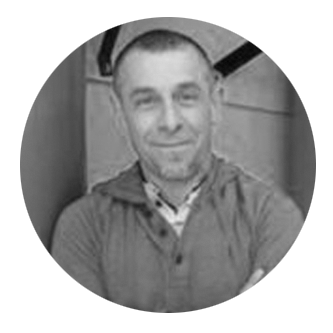
About Fernando
Furniture Design and Fine Arts
Born in Buenos Aires, Argentina.
He studied at Polytechnic Institute of Technology (bio-engineering) and S.U.N.Y. at Purchase (furniture design and fine arts)
He opened woodworking and art studio in 1995
In my furniture work I am exploring the influences of cultural traditions and socio-economic pressure. How objects change over time to better suit their usefulness or how contrasting cultures can converge in a single image, is of constant fascination to me. My birthplace is Buenos Aires, a city that carries with it the ghosts of many cultures. I want to explore the traces left behind by multiple ancestors, their hardships and joy. I am examining the imposition of one culture on top of another and the, often, tenuous balance that results from this collision as evidenced in so much of Latin America and, of course, other parts of the world. Economic pressures result in some sort of human compromise and so the objects of every day use reflect this compromise. Simple objects can be a mirror into the heart of a societies economic position, social interests and well being. Therefore, a cabinet may have an additional piece added to it in order to prolong its usefulness. Given the economic pressures in which many of these objects are created, discarding them is simply not an option. This additional piece may not conform to the aesthetics or dimensions of the original yet it’s maker attempts to meld one into the other. This awkwardness of style and proportions is what later gives many pieces there feeling of function without aesthetic restrictions. These are often marriages of necessity. With my work I often include a fictitious written history, a curatorial examination of the pieces that I create. This imagined history allows me to explore furniture as more than just an object of function but rather a window into the society in which it was made. I hope in this way to celebrate the differences and commonalities of diverse societies. We live in a world in which boundaries are constantly challenged and it is my goal to try and understand these global shifts.
In my paintings and plaster wall pieces I explore the many aspects of decay, from natural weathering to the gradual rubbing off of surfaces born of constant use. The passage of time is reflected in all objects and beings. In decay, in use, in the eroded, patinas emerge that carry within them an undefinable significance. The ancient language of elemental forms is understood by our older mind in a place that recognizes the reverential importance of these images. It is our first language and the one we revert to in moments of deep wordless communication. The language of our ancestors was the language of awe. The quick appeal of our current technology is often in conflict with this slow primal understanding. I am interested in the dialogue that is created between our technological mastery and the organic technology of older, ancient cultures.
Fernando Martinez
